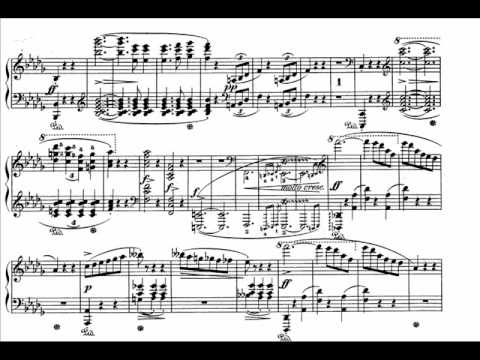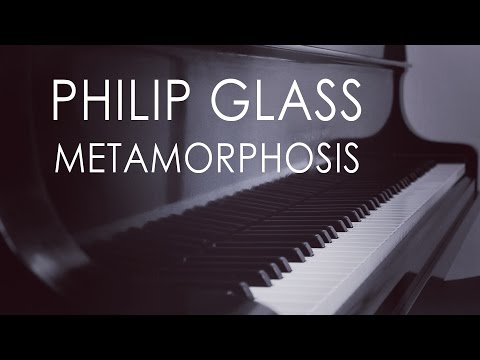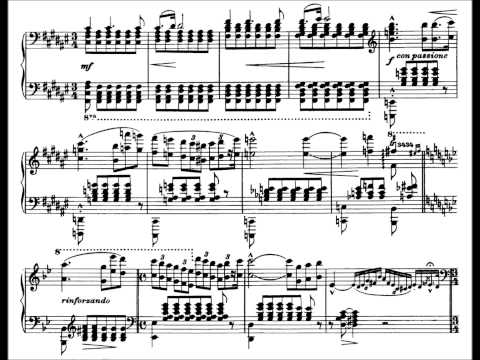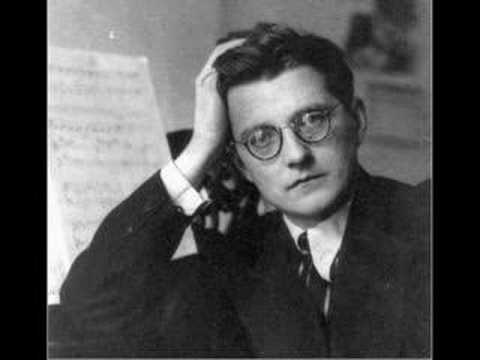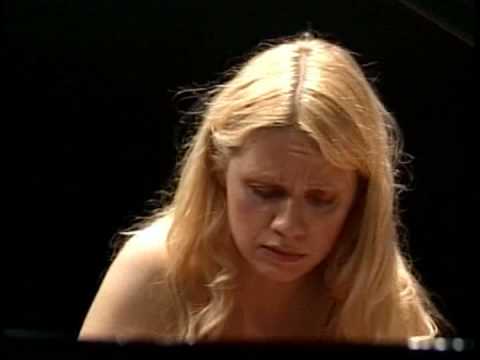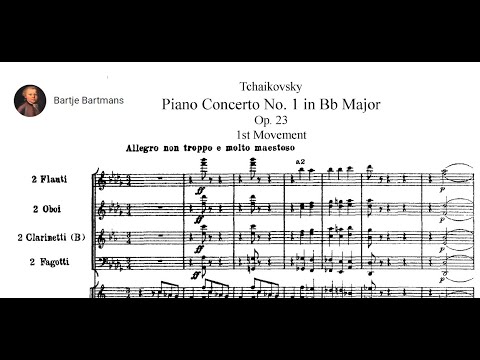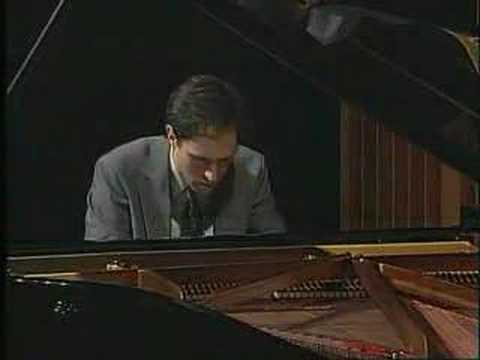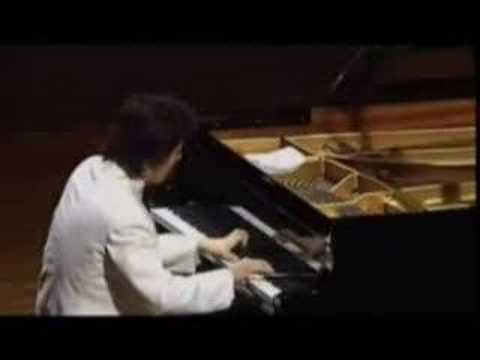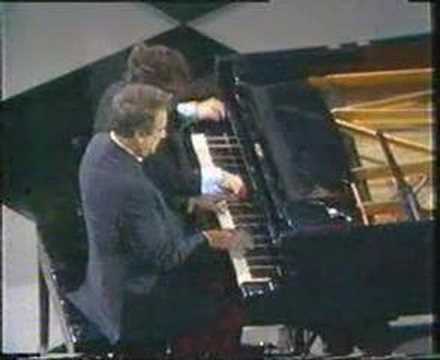Yet while I’m sure many of you are familiar with hundreds of beautiful, instantly recognizable pieces, this is a list of ten pieces which rival even the most famous pieces in beauty, yet have slipped under the radar. Of course, some of these will be known to some of you, but hopefully everyone will find something new here. At some point in my life, I have played all of these pieces (of course, not all up to concert standard!) and each one has been immensely rewarding in its own way.
This is probably one of the most famous pieces on the list – and hence I will put it first – however you might not have known it by name. Chopin was a great lover of the piano, and he has a multitude of fame following him in Etudes, Preludes, Nocturnes, Polonaises, Ballades and Waltzes. But for me, it is his Scherzos that really show off his compositional talent for the piano. This one in particular is a glorious exploration of the range of the piano, with almost every key used at some point, and long flowing passages running from one end of the piano to the other. It is a little louder than most of Chopin’s repertoire, however it is complemented brilliantly by a mellow slow section in the middle, and the whole piece fits together perfectly (plus, if you dislike Classical music, Yundi Li is always funny to watch perform!)
Philip Glass has been an extremely influential composer in late 20th Century music, yet very few people can name a single piece by him. He is essentially a minimalist composer (yet he detest the title himself) and this piece strongly echoes that fact. The video above is of Metamorphosis I, the first in the set, however according to Glass, Metamorphoses I – V are meant to be listened to in succession, and I strongly endorse his perspective. Each new piece is a slight development of the last, adding new ideas and complicating the main themes, however it retains its overall structure, returning to its roots at the end, with Metamorphoses I and V all but identical. It is a very simple, yet very moving set of pieces, and one that should not be overlooked by anyone.
Liszt is a Romantic composer that is (and most certainly was) revered around the world. He caused a ripple to spread through the European music scene for two main reasons. First was that he was one of very few composers of his caliber who was also a virtuosic performer, and second was that his pieces were considered all but unplayable, famously quoted as requiring four hands to play his simplest pieces. This is his only piano sonata, and it lasts more than half an hour, yet it ranges from simplistic emotion to technical ferocity, with a huge demand on the performer not only physically, to withstand the full half hour, but also mentally, as the emotion required in this piece is immense. It is full of color and musical poetry, evoking galleries of mental image and passion.
Shostakovich is one of the greats of 20th Century music, a time in which musical expression was being overshadowed by musical exploration, and while it was unquestionably a time of brilliant musicality, this is one of the shining gems of the time. The piano line complements the orchestra exquisitely, and the scale of this piece is immense, and yet consistently beautiful. This recording is by Shostakovich himself, and so it has a certain validity of expression, as every note is played exactly as the composer intended. However, this piece was written for Shostakovich’s son, as a birthday present and for him to perform at his graduation ceremony from Moscow Conservatorium. When your father composes you a piece like this for you to do more practice, it might be time to find a new way to impress him. Unfortunately, this is not a complete version of his performance, but I strongly urge you to look this up on YouTube yourself if you enjoy it, the full version is magnificent.
This piece is replete with Russian cadences and beautiful melodic bass lines, and as characterized by much of Rachmaninoff’s music, is based heavily on musical expression rather than melodic lyricism. For Rachmaninoff himself, he wished for every person performing his pieces to have their own perspectives, and as such used very few dynamic, tempo or expressive markings. Famously, his first piano concerto has no key signature, yet is absolutely full of accidentals (sharps or flats that are not exclusively specified in the key signature), and so mistakes were so simple to make, they became commonplace, and hence a new part of the music. As such, his musical repertoire is a rich tapestry of expression, with each interpretation bringing wildly different variations to the same piece. This piece is particularly brilliant, because he combines the strong bass chord line with flowing, mellifluous passages, to create a detailed contrast.
Brahms is a very well-known composer, yet suffers from obscurity when you get down to the details. Many of his pieces are recognizable to a degree (especially Brahms’ Lullaby, which, interestingly, he composed as a gift to a friend to celebrate the birth of her son) however few of his pieces are known by name. This Rhapsody is a technically uncomplicated, yet very contrasting work – it has been likened to a sort of collage, as it contains many themes throughout, each of which could easily be expanded into a work of their own, yet Brahms chooses to include them briefly and move on to the next idea. As a result, far from being a slap-dash array of musical ideas, it is a dense and varied musical journey, ranging from slow and melodious to powerful and triumphant. This piece is a wonder to play in concert, as it changes emotion almost instantly in places.
Traditionally (but of course, not exclusively), the 2nd Movement of a concerto is the slow movement, and this is no exception. Ravel was a 19th Century Impressionist composer, who focused heavily on melodic development and textural structure. This piece is beauty in its simplest form, with uncomplicated lines weaving together between the pianist and the orchestra. It’s difficult to describe without sounding extremely pretentious, but Ravel’s entire Concerto is a testament to his mastery of Impressionist sounds, and this movement firmly exhibits his brilliance.
In my opinion, this will be the most recognizable piece on the list, yet I feel it merits inclusion for one very important reason: this particular version is a performance by Arthur Rubinstein, who is undoubtedly one of the greatest pianists of all time. Sometimes the piece itself may be overshadowed by the interpretation, and while this is without question a magnificent piece, Rubinstein lends to it a certain elegance and majestic stylization, which is very rare in the more recent recordings. This is one of Tchaikovsky’s masterworks, a glorious compositional triumph, and it definitely deserves a mention.
Carl Vine is an Australian post-modern composer, and if you are willing to accept dissonance, this is one of the most beautiful pieces in Australian history (yes, there’s more than one….). It starts off a little slow, but it builds up at a perfect rate to become deeper and richer in texture, adding layers and layers while the melody continues to build before a bristling climax at around 3:16 which just continues to build until it suddenly drops to nothing and the rest of the piece is a beautiful, melodious exploration of the piano. I am guessing that very few of you will have ever heard of this piece before, but I guarantee, it is a wonder in every way
This piece has always been my personal favorite, and hence I am finishing my list with it. I first heard this piece when I was eleven at a piano concert in the Sydney Opera House, being played by my piano teacher’s star pupil, a fourteen year old. It became my immediate goal to learn this piece as soon as I could (half because I fell instantly in love with it, and half because I wanted so desperately to beat that fourteen year old), and on my thirteenth birthday I got my wish, performing this piece at the Sydney Opera House for an audience of 1500 people. I have always shared this piece with friends and family every chance I get, either through playing it for them, or forcing them to go listen to it on the internet, and I can only hope you enjoy it as much as I did and still do.
Unfortunately, a list of 10 greatest piano pieces of all time is a sheer impossibility, as is a list of the 10 greatest performances. But it is without question the performance that turns a piece from great to breathtaking, not the other way around, and this is one of my favorite performances of all time, from the late great Victor Borge.
